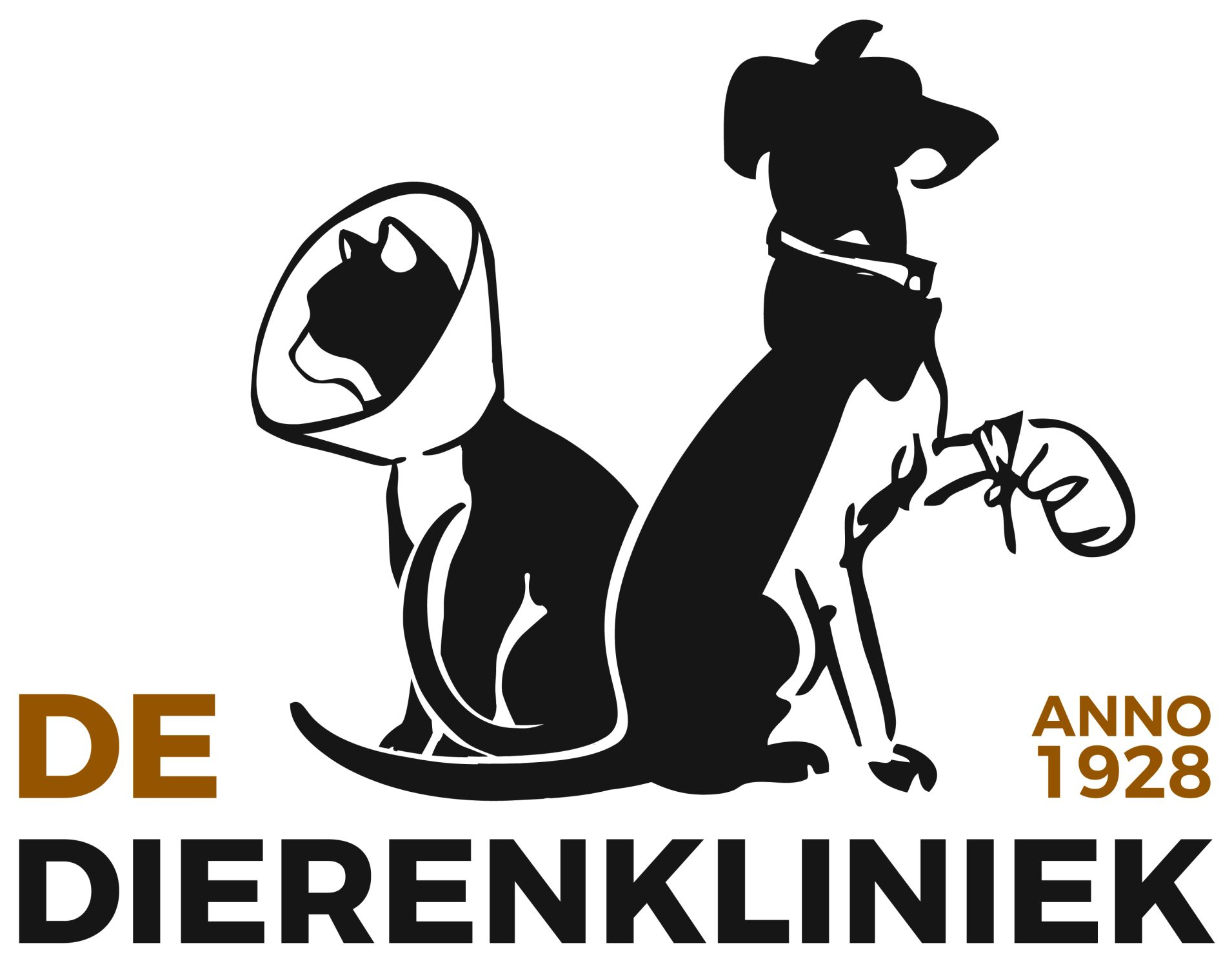Epilepsy in cats
What is epilepsy in cats?
Just like with humans, epilepsy also occurs with animals. A cat with epilepsy has regular seizures in which the animal loses consciousness and shows cramps.
In a well-functioning brain, signals come in all day long, they are processed and sent to the parts of the body to which they apply. Under certain circumstances, this process can not go well. It can be the case that so many signals come in at the same time that the brain cannot process them all correctly. When too many unprocessed signals accumulate in the brain, this can lead to an outburst (attack).
The attacks can vary in severity, duration and form. This depends on where in the brain it originates and how big the outburst is. Sometimes your cat may start shaking violently, other times he/she may ‘only’ stiffen. In all cases it can be that you are startled, especially if you have not experienced this before.
What symptoms can indicate that your cat is having or is about to have a seizure?
The following expressions may be a sign that your cat is having or is about to have an epileptic seizure:
- To fall over
- Not approachable
- Cramps all over the body
- Clapping the jaws
- Foaming basin
- Loss of stool or urine
- Whining, squeaking or screaming
- Ataxia
What happens during an epileptic seizure in a cat?
There are several types of attacks that can occur:
- Partial seizure: these are nervous twitches or convulsions of certain parts of the body
- Generalized seizure: this is recognized as a ‘true’ epileptic seizure; you will recognize the above symptoms
An attack starts with signs, this is also called ‘aura’. In this stage your cat is mainly restless, or you see small deviations in the behavior. It is possible that these signs escape you, which means that an attack can still come unexpectedly. When the cat goes into an attack you will see the above symptoms, this stage is called ‘ictus’. After the attack, ‘post-ictus’ your cat is restless, tired and can have eating attacks. This stage can last one to several days.
If a cat is sensitive to this, an attack can be triggered by an excess of external stimuli, such as light, noise or severe fright.
How does epilepsy develop in cats?
There are two types of epilepsy in cats, namely primary and secondary epilepsy.
Primary epilepsy
Primary epilepsy is a congenital disorder, often hereditary, and is most common in cats between 6 months and 5 years of age. This form of epilepsy is by far the most common.
Secondary epilepsy
Secondary epilepsy has many causes, such as brain disorders, viruses, poisoning, tumors. Sometimes, when you solve these problems, the epilepsy can disappear again.
How do you diagnose epilepsy?
It is often very difficult to make a diagnosis, partly because a cat is often only seen by a doctor after an attack. But by means of a physical examination, blood and urine tests or an MRI and/or CT scan, an attempt is made to find out how an attack occurs.
How do you treat epilepsy?
Secondary epilepsy is treated by addressing the underlying cause of the epilepsy that has developed.
Primary epilepsy can be treated by administering medication, such as Phenoral or Pexion.
However, in acute situations, you cannot use this medication. In that case, it is important to try to stop the attack by means of sedatives such as Diazepam. The owner is often given this to take home to administer rectally when the cat has an attack at home.
Important information about what to do during an epileptic seizure
If the cat is in a seizure we recommend that you do the following:
- Stay calm and call a vet if the attack is severe or lasts a long time
- Don’t touch the cat
- Do not hold the cat
- Try to create a safe place so that the cat cannot hurt itself
- Do not put anything in the cat’s mouth
- Film the attack or try to keep notes
- Keep track of how long the attack lasts
- If the attack lasts longer than 10 minutes, always call the vet
If you have any further questions about this topic, please do not hesitate to contact us!

Not a client yet?
When you make a first appointment online, you can register immediately and easily!
Book appointment

